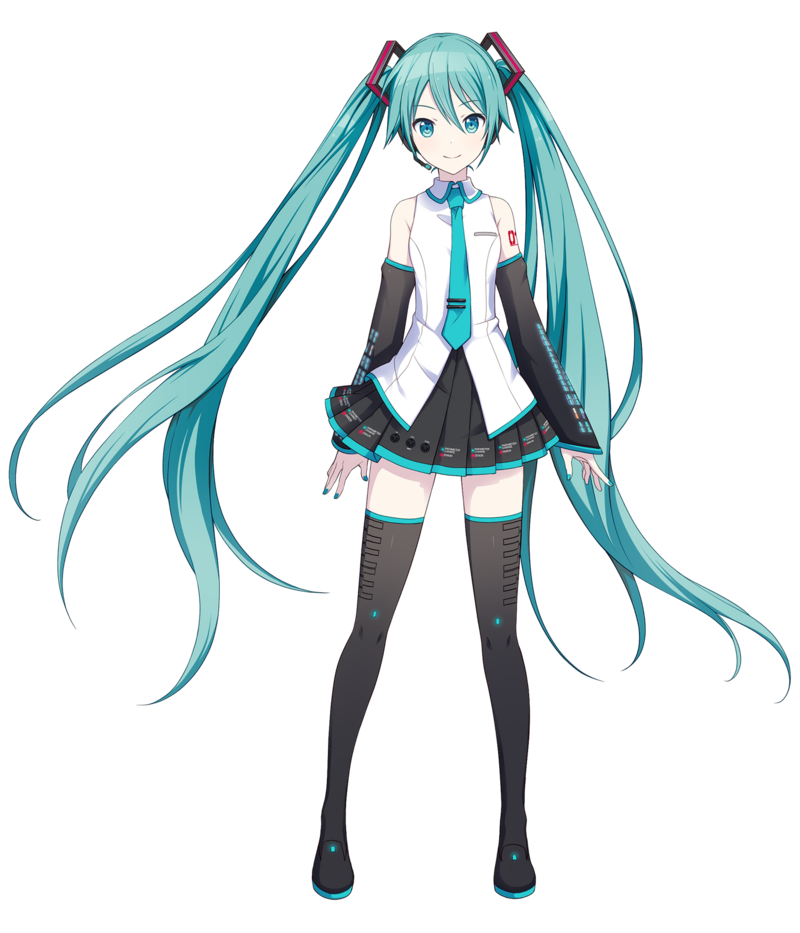So, I’m guessing anyone under 30 can probably skip this one, as you’ll likely know all this already. But for those of us growing up with William Gibson writing about the future, this might be news. It was to me.
I’m talking of course, of Hatsune Miku, who I hadn’t known existed until today. If you’re like me and also didn’t know, the short version is that she’s basically the Idoru from William Gibson’s novel by the same name.
If you’re not familiar with that, either, then Hatsune Miku is a very famous singer, who has recorded over 100,000 songs — covers and original compositions both, and is a star of stage, screen, concerts, and, of course, TikTok.
And, of course, she doesn’t actually exist. She is brought to life by thousands of artists across the internet. To make her sing, they use a software package called Vocaloid. I’m not sure what they use to make her dance, but they do.
Vocaloid for those who (like me again) hadn’t heard of it before, has several “voice packs”, originally in Japanese but also now in English, Spanish, Chinese, and Korean. Hatsune Miku is only one of them – there are male and female voices in different languages and accents, though Hatsune is the most famous. You take a voice pack, then construct a song, note by note, word by word, to make your chosen avatar sing.

There’s a short video showing how it works at https://youtu.be/tlkH7Rj4Y7A
There is a huge Hatsune Miku community and to encourage and support it, the creators of Vocaloid have licensed her under the Creative Commons (CC-BY-NC) license, which I personally think was a great move on their part.
Here’s Hatsune Miku’s cover of the Italian anti-fascist folk song Bella Ciao, which is how I first found out about her: https://www.nicovideo.jp/watch/sm34522166
